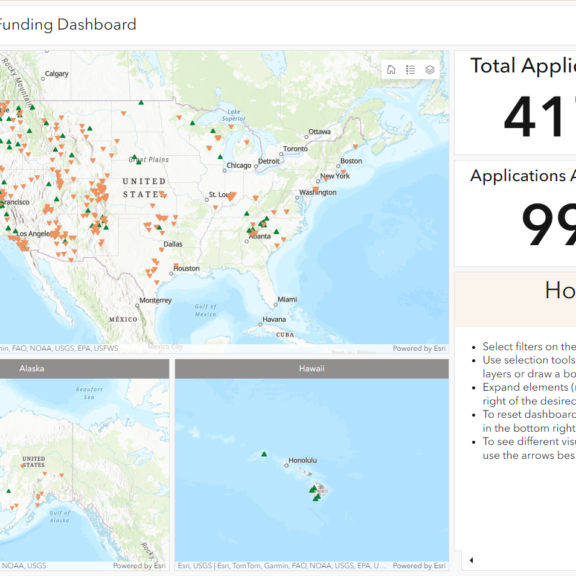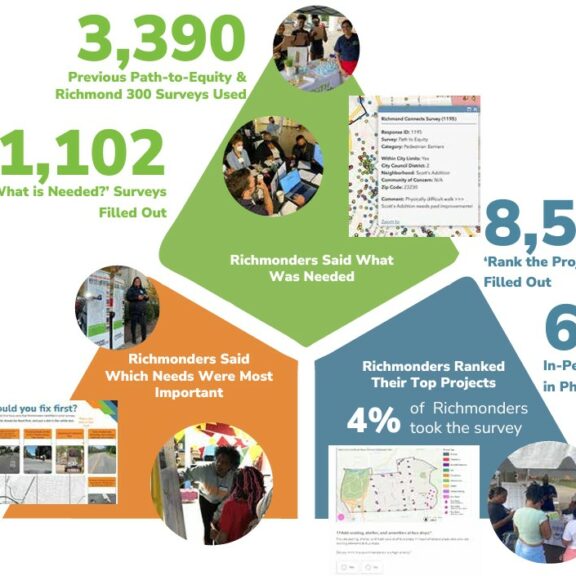The year 2024 promises to be a pivotal interval in technology that will be marked by various advancements—several of which we are expecting and can monitor, as well as plenty that haven’t hit our radars yet.
Geospatial technology and GIS are the basis for applications, software, and digital processes that play a central role in connecting nearly 8 billion people with their surroundings and the global Internet every day. It’s only natural that we’d track how GIS can affect and support technological changes for the masses.
As we move into the future, three key elements with roots in AI (Artificial Intelligence) and ML (Machine Learning) stand out as driving forces that are reshaping geospatial technology: Machine Learning as a Service (MLaaS), Digital Twins, and Digital Delivery. Changes in these technologies are set to redefine the way we perceive and interact with geospatial data, offering unprecedented insights across diverse industries.
![]()
- Machine Learning as a Service (MLaaS) will play an important part in enhancing the analytical capabilities of GIS. The largest obstacle with data analysis is access to relevant and current data, for which ML is a partial solution. By leveraging the power of ML algorithms, MLaaS will further empower geospatial applications to autonomously process and interpret vast datasets, enabling predictive modeling and real-time decision-making. A large issue surrounding AI and ML, in general, is their inability to discern bias. If an ML tool being used for spatial data inference has been trained with bias, it could prove to be problematic.
- LiDAR & Aerial Imagery — As MLaaS continues to evolve, it is expected to play a pivotal role in unlocking the full potential of LiDAR technology and overcoming the challenges associated with its implementation. LiDAR information is harvested in various ways from an array of markets, including oceanography, precision agriculture, forestry and wildfire, land surveying, and autonomous vehicles. Once LiDAR information is captured, it can be interpreted and expanded upon using Machine Learning algorithms, which create innumerable possibilities for its use. Integrations will enable further advanced extraction, object recognition, and predictive modeling.
- DOT Extraction Tools — In DOTs, data asset extraction from a range of sources is becoming a more reasonable expectation. The majority of data collected frequently by DOTs is either pavement or traffic volume-related, so establishing extraction tools from these data collection processes will be an advantageous use of Machine Learning tools. ML models for pavement distress data still have not proven effective, but asset location models are expected to.
![]()
- The Emergence of Digital Twins, digital replicas of physical assets or systems, has already revolutionized how we simulate and analyze spatial data. But as these digital representations evolve to mirror their real-world counterparts, the already invaluable insights they provide for urban planning and infrastructure management will grow more complex as the twins learn from second-hand experiences and make real-time decisions for their original assets. Something to consider with digital twins is the rigorous planning and follow through it takes to ensure that all systems operate together seamlessly, without which the concept of digital twins is obsolete.
- Utility Networks — Utility Networks move the digital twin concept forward by allowing organizations to model and maintain their GIS data at a much smaller scale and with greater precision, opening new avenues for enhanced testing, simulation, and real-time monitoring. Organizations can meticulously simulate scenarios, enabling prompt detection and response to changes or disruptions in gas, electric, and water utilities.
- Enterprise Asset Management — In addition to underground and virtual assets that are already being monitored with digital twins, a growing trend toward developing 3D digital models to represent vertical assets is expected. Localities will model water treatment plants, pedestrian bridges, water storage tanks, multi-level buildings, and other facilities digitally in 3D to manage their assets where they can directly manage technical, operation, and maintenance information. As the technology becomes more affordable, many municipalities will adopt.
![]()
- Digital Delivery, the efficient and instantaneous transfer of spatial data, will begin to integrate more closely with AI and ML tools to bring about significant improvements in GIS data, especially as it pertains to quality and resilience. Information transferred through digital delivery makes its way to its destination faster and is better preserved. A notable concern of digital delivery is its contribution to the continued growth of the digital divide, which is made worse by an unequal access to the Internet and network information.
- Construction Management — Unprecedented government funding, resource constraints, and siloed systems mixed with growing requirement for digital deliverables will drive organizations towards connected construction platforms for digital delivery of construction projects. Software ecosystems that connect digital project delivery and enterprise asset management, like Trimble’s eBuilder and Cityworks, will increasingly come into demand. In addition, asset owners using spreadsheets, paper files, or outdated systems will take steps to modernize and centralize construction management processes as demands for efficiency, transparency, and increased need for reporting grows.
- Critical Business Functions — Within DOTs, the need for accurate spatial data has been an absolute necessity for decades. Now, planning, design, construction, operations, and maintenance all use spatial data to support their critical business functions. However, most of these business functions lack the ability to coordinate with up and downstream operations. Differing technologies for each business function, like CADD and GIS tools, have created divides in sharing location. Digital delivery allows users to share data and integrate business models from planning to operations and maintenance.
The critical roles of GIS tools in technology are being catalyzed by AI and ML. These driving forces are poised to impact many industries, ushering in a new era of the human’s interaction and perception of spatial data. As MLaaS, Digital Twins, and Digital Delivery continue to evolve as GIS tools (for better and worse), their effects will provide a unique set of concerns and solutions, including too many questions we haven’t even asked yet.




